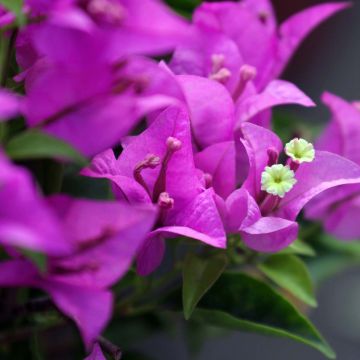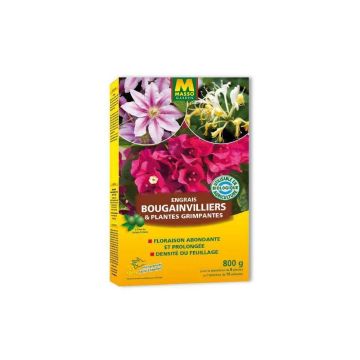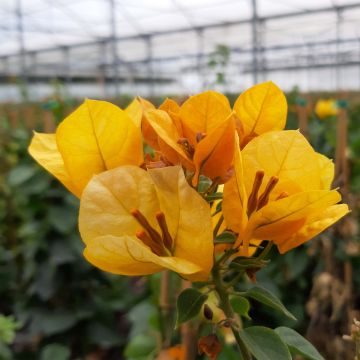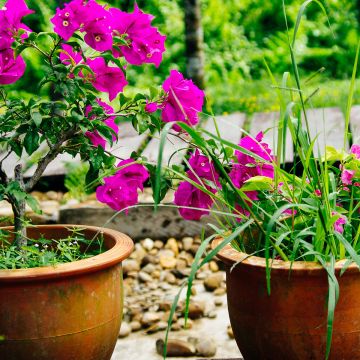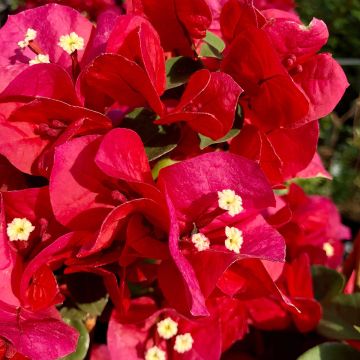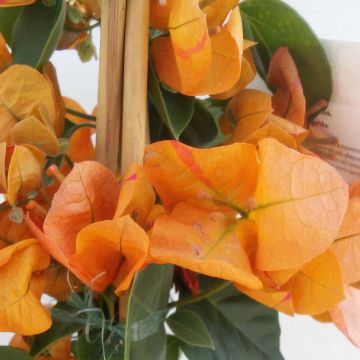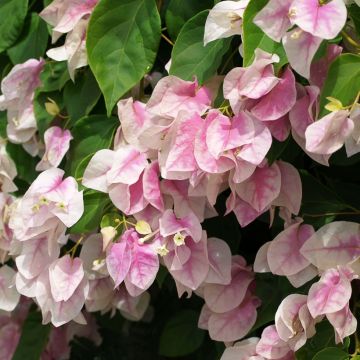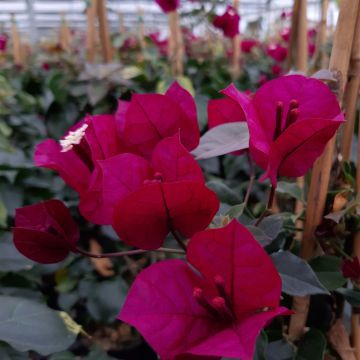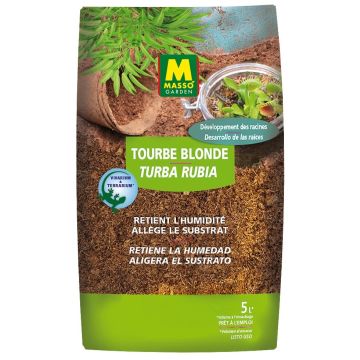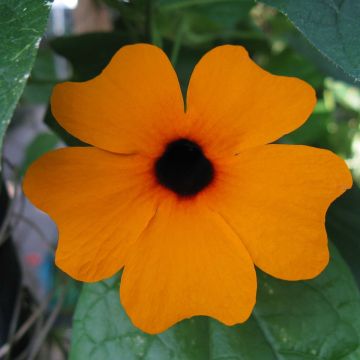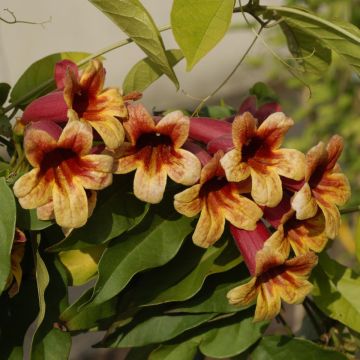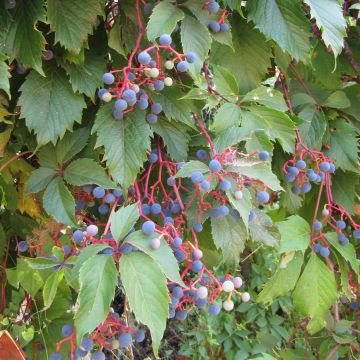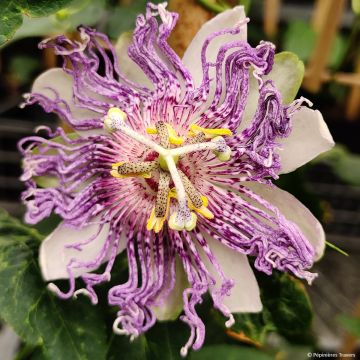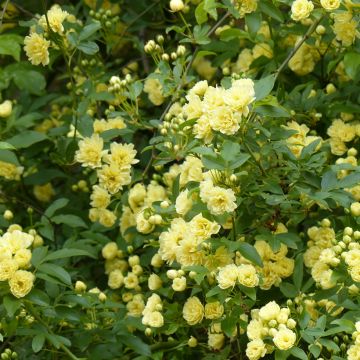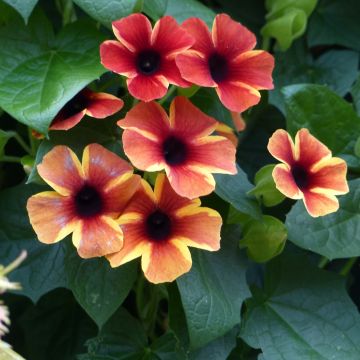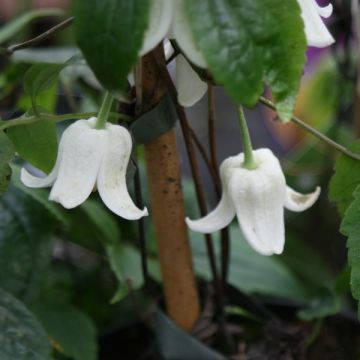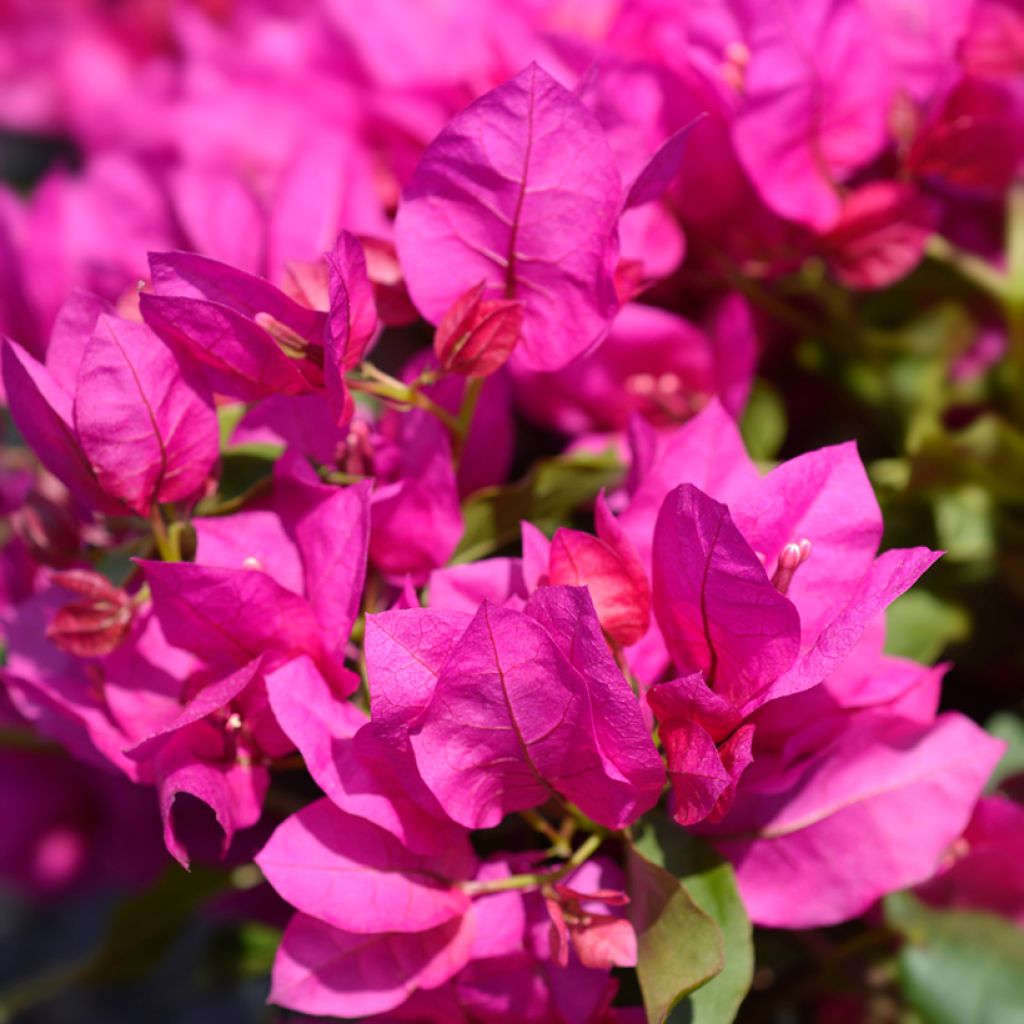

Bougainvillea spectabilis Vera Deep Purple
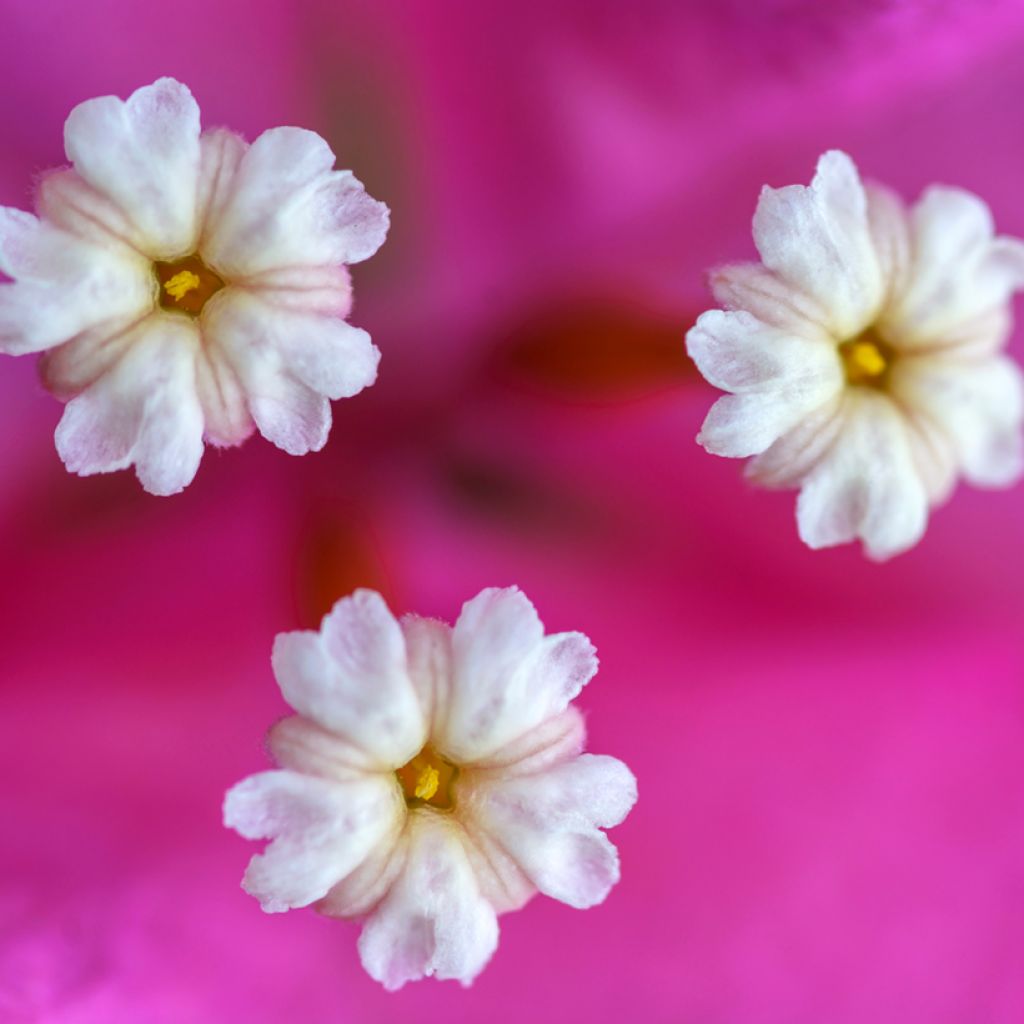

Bougainvillea spectabilis Vera Deep Purple
Bougainvillea spectabilis Vera Deep Purple
Bougainvillea spectabilis 'Reboug 327' Vera Deep Purple PBR
Special offer!
Receive a €20 voucher for any order over €90 (excluding delivery costs, credit notes, and plastic-free options)!
1- Add your favorite plants to your cart.
2- Once you have reached €90, confirm your order (you can even choose the delivery date!).
3- As soon as your order is shipped, you will receive an email containing your voucher code, valid for 3 months (90 days).
Your voucher is unique and can only be used once, for any order with a minimum value of €20, excluding delivery costs.
Can be combined with other current offers, non-divisible and non-refundable.
Why not try an alternative variety in stock?
View all →This plant carries a 6 months recovery warranty
More information
We guarantee the quality of our plants for a full growing cycle, and will replace at our expense any plant that fails to recover under normal climatic and planting conditions.
Would this plant suit my garden?
Set up your Plantfit profile →
Description
Bougainvillea spectabilis 'Vera Deep Purple' is exceptional primarily for its intensely purple floral bracts that bloom from spring until autumn. Unlike classic climbing bougainvilleas, this selection features a compact and bushy habit with stems bearing few thorns. These qualities make it ideal for pots, balconies, or small, well-sheltered coastal gardens. This floriferous and drought-resistant Mediterranean plant requires minimal maintenance when planted in the ground. Gardeners in more continental climates can grow it in a large pot, storing it indoors during winter in a cool, bright, frost-free location.
Bougainvillea 'Vera Deep Purple' is a dwarf cultivar of Bougainvillea spectabilis, belonging to the Nyctaginaceae family. Native to Brazil, the parent species thrives naturally in tropical and subtropical regions. The 'Vera Deep Purple' cultivar was selected for its compact habit and deep violet bracts. This bougainvillea forms a bush typically reaching 60 cm in height. The bracts, often mistaken for flowers, range from very dark fuchsia to deep purple and surround small white tubular flowers. Flowering is abundant, lasting from April-May to September-October. The foliage is evergreen in frost-free conditions, composed of green, ovate, and smooth leaves. The stems are nearly thorn-free, making handling and maintenance easier. Due to its low hardiness (down to -1°C), this bougainvillea is best planted in sunny, frost-free gardens.
Bougainvillea 'Vera Deep Purple' is perfect for adding Mediterranean and exotic flair to terraces and balconies. In very mild climates, it can be planted in shrub borders or along pathways. Pair it with plants like Lantana camara 'Shamrock Rose', Plumbago auriculata 'Dark Blue', and the white Dipladenia 'Diamantina Jade XXL White'.
Report an error about the product description
Bougainvillea spectabilis Vera Deep Purple in pictures


Plant habit
Flowering
Foliage
Botanical data
Bougainvillea
spectabilis
'Reboug 327' Vera Deep Purple PBR
Nyctaginaceae
Bougainvillea Vera Deep Purple
Cultivar or hybrid
Other Bougainvillea
View all →Planting and care
Plant Bougainvillea 'Vera Deep Purple' in the ground: in spring, after the last frosts. It perishes below -1°C.
In warm regions unaffected by frost.
Whether in pots or in the ground, bougainvillea will require maximum sunlight, a light, well-drained soil without excess lime. The optimal pH is between 5.5 and 6.5. When planting in spring, we recommend mixing 2/3 peat with 1/3 garden soil. Water moderately, as Bougainvillea is a plant that prefers rather dry conditions and tolerates drought very well once established. A less watered bougainvillea will be more floriferous, but its growth will be slower. Water regularly during the growth period. Allow the soil to dry between waterings. In winter, reduce the frequency of watering.
Feeding is not necessary, except in depleted soil. You can apply fertiliser (low in nitrogen) during the growth and flowering period, generally from spring until the end of summer. We recommend a fertiliser base of type 1N (nitrogen unit), 0.75P (phosphorus unit), 2.5K (potassium unit). Stop applications during the dormant period, i.e., in winter.
Prune sparingly: pruning should be done at the end of winter, when growth resumes. It should be light to avoid hindering the plant's growth. It is preferable to bend the branches horizontally or towards the ground. This technique effectively stimulates branching.
Pot planting for indoors:
Most varieties will be better planted in pots so they can be brought indoors before autumn. In pots, place your plant in a conservatory, behind a glazed bay or window. Choose a high-quality, light, and fibrous compost, rich in peat. Water regularly during the growth period and apply a fertiliser of type 1N (nitrogen unit), 0.75P (phosphorus unit), 2.5K (potassium unit). Allow the soil to dry between waterings. In winter, reduce the frequency of watering and stop fertiliser applications.
Planting period
Intended location
Care
This item has not been reviewed yet - be the first to leave a review about it.
Similar products
Haven't found what you were looking for?
Hardiness is the lowest winter temperature a plant can endure without suffering serious damage or even dying. However, hardiness is affected by location (a sheltered area, such as a patio), protection (winter cover) and soil type (hardiness is improved by well-drained soil).

Photo Sharing Terms & Conditions
In order to encourage gardeners to interact and share their experiences, Promesse de fleurs offers various media enabling content to be uploaded onto its Site - in particular via the ‘Photo sharing’ module.
The User agrees to refrain from:
- Posting any content that is illegal, prejudicial, insulting, racist, inciteful to hatred, revisionist, contrary to public decency, that infringes on privacy or on the privacy rights of third parties, in particular the publicity rights of persons and goods, intellectual property rights, or the right to privacy.
- Submitting content on behalf of a third party;
- Impersonate the identity of a third party and/or publish any personal information about a third party;
In general, the User undertakes to refrain from any unethical behaviour.
All Content (in particular text, comments, files, images, photos, videos, creative works, etc.), which may be subject to property or intellectual property rights, image or other private rights, shall remain the property of the User, subject to the limited rights granted by the terms of the licence granted by Promesse de fleurs as stated below. Users are at liberty to publish or not to publish such Content on the Site, notably via the ‘Photo Sharing’ facility, and accept that this Content shall be made public and freely accessible, notably on the Internet.
Users further acknowledge, undertake to have ,and guarantee that they hold all necessary rights and permissions to publish such material on the Site, in particular with regard to the legislation in force pertaining to any privacy, property, intellectual property, image, or contractual rights, or rights of any other nature. By publishing such Content on the Site, Users acknowledge accepting full liability as publishers of the Content within the meaning of the law, and grant Promesse de fleurs, free of charge, an inclusive, worldwide licence for the said Content for the entire duration of its publication, including all reproduction, representation, up/downloading, displaying, performing, transmission, and storage rights.
Users also grant permission for their name to be linked to the Content and accept that this link may not always be made available.
By engaging in posting material, Users consent to their Content becoming automatically accessible on the Internet, in particular on other sites and/or blogs and/or web pages of the Promesse de fleurs site, including in particular social pages and the Promesse de fleurs catalogue.
Users may secure the removal of entrusted content free of charge by issuing a simple request via our contact form.
The flowering period indicated on our website applies to countries and regions located in USDA zone 8 (France, the United Kingdom, Ireland, the Netherlands, etc.)
It will vary according to where you live:
- In zones 9 to 10 (Italy, Spain, Greece, etc.), flowering will occur about 2 to 4 weeks earlier.
- In zones 6 to 7 (Germany, Poland, Slovenia, and lower mountainous regions), flowering will be delayed by 2 to 3 weeks.
- In zone 5 (Central Europe, Scandinavia), blooming will be delayed by 3 to 5 weeks.
In temperate climates, pruning of spring-flowering shrubs (forsythia, spireas, etc.) should be done just after flowering.
Pruning of summer-flowering shrubs (Indian Lilac, Perovskia, etc.) can be done in winter or spring.
In cold regions as well as with frost-sensitive plants, avoid pruning too early when severe frosts may still occur.
The planting period indicated on our website applies to countries and regions located in USDA zone 8 (France, United Kingdom, Ireland, Netherlands).
It will vary according to where you live:
- In Mediterranean zones (Marseille, Madrid, Milan, etc.), autumn and winter are the best planting periods.
- In continental zones (Strasbourg, Munich, Vienna, etc.), delay planting by 2 to 3 weeks in spring and bring it forward by 2 to 4 weeks in autumn.
- In mountainous regions (the Alps, Pyrenees, Carpathians, etc.), it is best to plant in late spring (May-June) or late summer (August-September).
The harvesting period indicated on our website applies to countries and regions in USDA zone 8 (France, England, Ireland, the Netherlands).
In colder areas (Scandinavia, Poland, Austria...) fruit and vegetable harvests are likely to be delayed by 3-4 weeks.
In warmer areas (Italy, Spain, Greece, etc.), harvesting will probably take place earlier, depending on weather conditions.
The sowing periods indicated on our website apply to countries and regions within USDA Zone 8 (France, UK, Ireland, Netherlands).
In colder areas (Scandinavia, Poland, Austria...), delay any outdoor sowing by 3-4 weeks, or sow under glass.
In warmer climes (Italy, Spain, Greece, etc.), bring outdoor sowing forward by a few weeks.






























